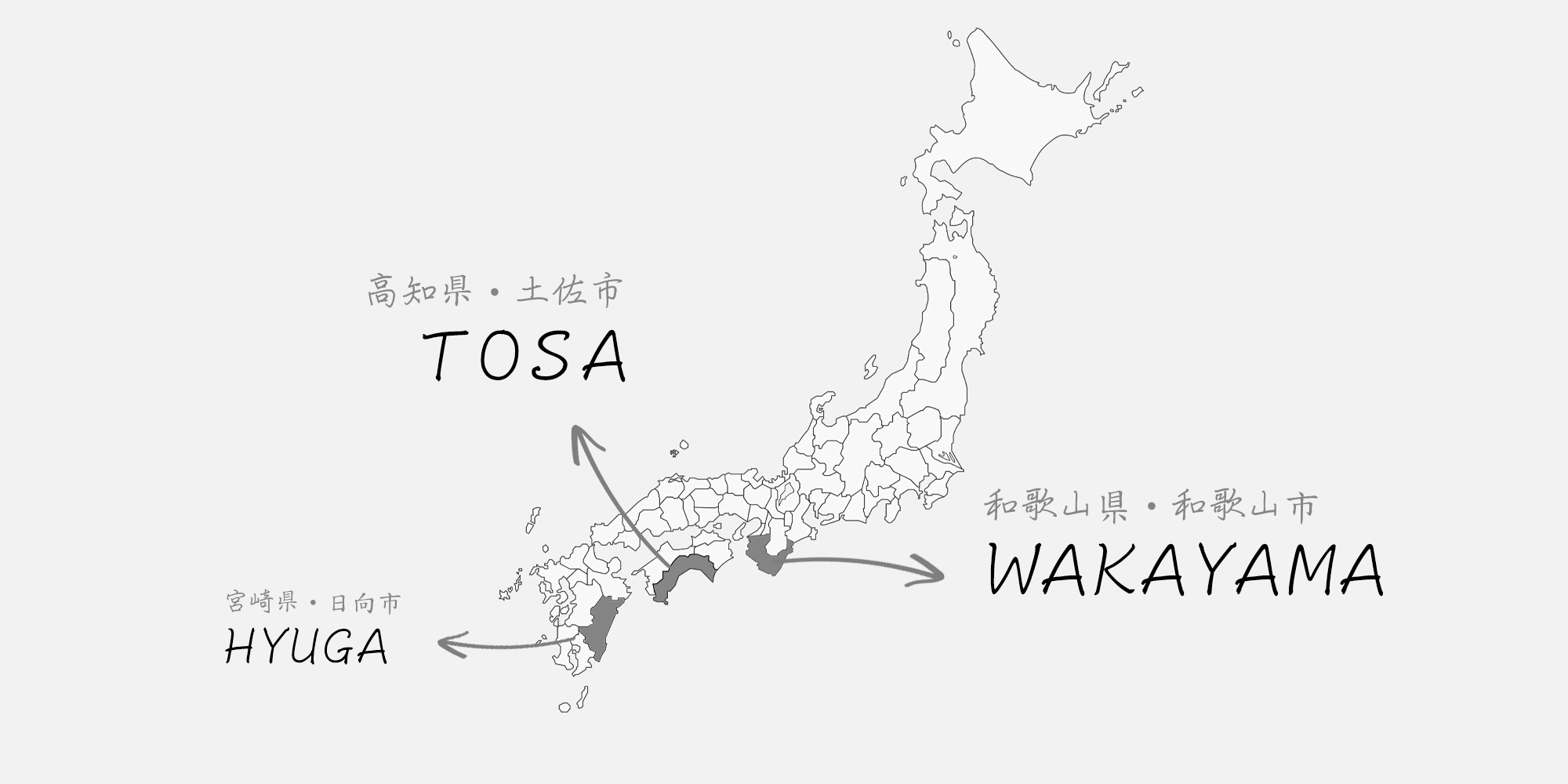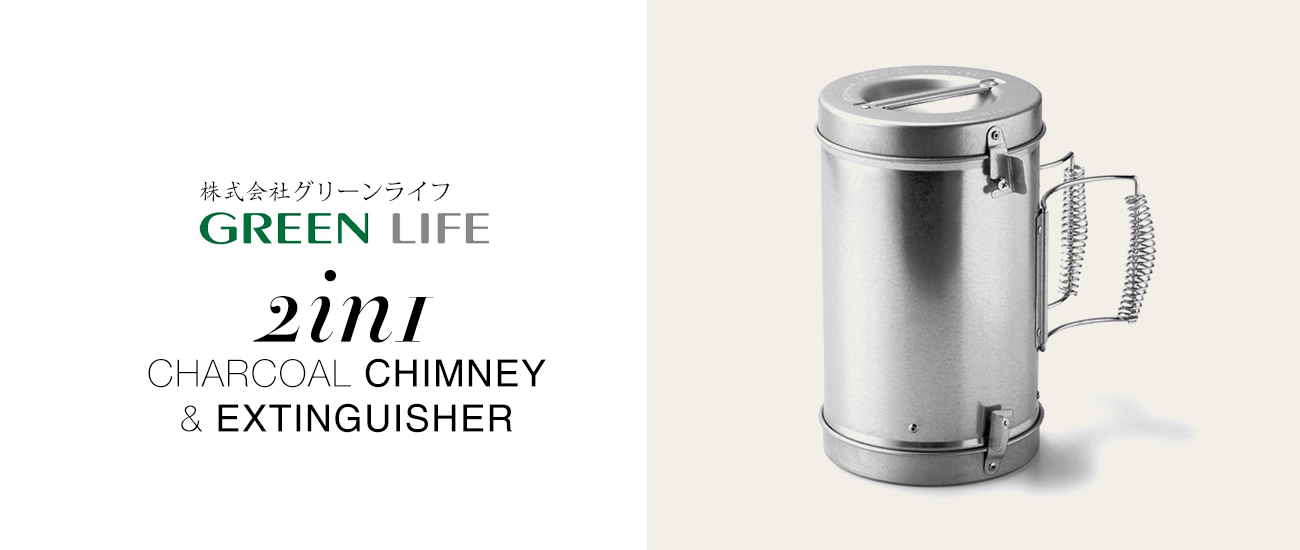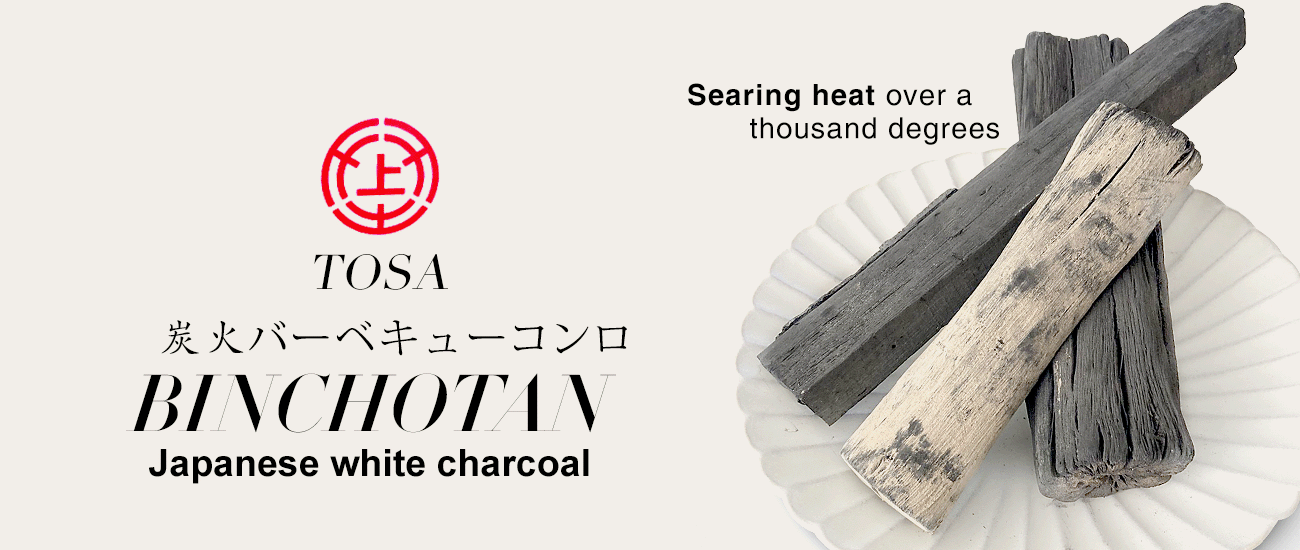
Why Is Binchotan (Japanese White Charcoal) Special?
With many imitations on the market, this article provides detailed information to help you understand the differences between authentic binchotan and imitation charcoal, assisting you in making an informed choice.
Last updated: 18 March 2025
In this article, we journey from the kilns of Wakayama, Japan, to your backyard grill, exploring the history, meticulous production process, and distinctive qualities of genuine binchotan charcoal. Our aim is to help you recognise authentic binchotan and provide the information you need to choose the most suitable charcoal for your grilling.
Quick Comparison: Authentic vs. Imitation Binchotan
Short on time? Here’s a quick look at how authentic binchotan compares to imitations.
| Feature | Authentic Binchotan | Imitations |
|---|---|---|
| Wood Type | Native Ubame oak | Fast-growing woods (e.g., eucalyptus) |
| Production Time | Two weeks, traditional kiln | Days, mass-produced |
| Burn Duration | 4–6 hours | 1–2 hours |
| Burning Temperature | 900–1200°C | 500–700°C |
| Density | High | Low |
| Ashes | Minimal, white, clean | Excessive, dusty, grey |
| Origin | Wakayama or Tosa, Japan |
Various countries (e.g., Vietnam) |
Have you ever dined at a Japanese charcoal grill restaurant? Do you know how flavoursome the food is? One of the culinary secrets is binchotan.
- Authentic binchotan charcoal has excellent thermal output and extended burn time, making it popular in charcoal-fuelled Japanese restaurants.
- Binchotan should last approximately 3 to 5 hours without replacement.
- If it hasn't fully burnt out, binchotan can be extinguished and reused.
- Because of its high density, binchotan takes longer to ignite.
- Binchotan is recognised as the world's most expensive charcoal.
You will immediately notice the difference in quality after just one use. When holding a piece of authentic binchotan, its weight and density are evident. Premium varieties typically feature long and round shapes, with a shiny, metallic-looking interior visible upon breaking.
How to Find Quality Binchotan?
Binchotan charcoal is available in various types and price ranges. Although genuine binchotan is quite expensive, it is challenging to revert to cheaper alternatives after experiencing authentic quality.
Since joining My Cookware®, I had the privilege of visiting Wakayama and observing binchotan production firsthand. Here, I explain the process, allowing you to better appreciate binchotan’s true value.
Trust the Origin

If you are unsure about which binchotan to buy, focus on its origin. Traditionalists generally recommend three primary production regions: Kishu binchotan (Wakayama), Tosa binchotan (Kochi), and Hyuga binchotan (Miyazaki). At My Cookware®, you will find authentic binchotan from Kishu and Tosa, though supplies are limited and occasionally out of stock.
"Kishu" is the historical name for Wakayama and remains widely used today due to its rich tradition. White charcoal from Wakayama—the birthplace of binchotan—is regarded as the finest. Tosa and Hyuga charcoal are also exceptional, producing a distinctive metallic ringing sound when struck, a hallmark of top-quality binchotan.
How Is Authentic Binchotan Made?

If you go and speak to some of the young men working in one of these binchotan production sites, you will learn that they are doing the same job their great-grandfathers did. They are charcoal-burning craftsmen.
The quality of binchotan relies heavily on carefully selected oak and traditional production techniques. Here is the process in detail:
Week 1
The quality of the oak determines the quality of the charcoal. These raw oak pieces are placed in a kiln during week one. Smoke is used to extract as much water as possible from the tree. This process requires a great deal of patience.
Obviously, if the craftsmen smoke the wood nonstop, the process will be completed earlier, but the quality will be inferior. Hence, it is necessary to cycle the heat from time to time.
Experienced craftsmen determine whether the oak is in danger of overheating or when it is time to stop. During the first week, it is important to ensure that the oak is completely dry. The final product will be significantly degraded if there is any residual water in the oak.
There were many brands that tried to imitate the Japanese way of making binchotan, but because they aimed for mass production, they needed to shorten the process. This is what makes achieving the quality of Kinsu and Tosa binchotan difficult.
Week 2
The second week is crucial and requires further craftsmanship. Upon reaching a certain temperature in the kiln, the oak is lit on fire. The fire burns for one week -- yes, one whole week.
In order to keep the temperature at a proper level, the craftsmen need to adjust the amount of air entering the kiln. In order to ensure that binchotan burns evenly, it is necessary to control the amount of oxygen going into it.
Once the oak becomes red, it is already binchotan. Craftsmen then remove the binchotan immediately and extinguish it with white ash. This is the birth of a perfect piece of binchotan.
Binchotan (Japanese white charcoal) Represents the Excellence of Japanese Craftsmanship
 Binchotan is charcoal covered in white ash. That is why it is also called Japanese white charcoal. Binchotan weighs more than regular black charcoal because of its higher density. Here is a rough representation of how authentic binchotan is made.
Binchotan is charcoal covered in white ash. That is why it is also called Japanese white charcoal. Binchotan weighs more than regular black charcoal because of its higher density. Here is a rough representation of how authentic binchotan is made.
Craftsmen produce a batch of binchotan in two weeks. There are only two batches per month. This explains why the product is always in short supply overseas. The traditional method cannot be replaced.
To make binchotan, the kiln needs to have a very high level of insulation to prevent air from entering and to maintain heat inside. Charcoal quality is determined by the kiln quality as well as the technique used by the charcoal makers.
A Lasting Impression from Wakayama
As I left Wakayama, my fingers were blackened and my shirt dusted with white ash. Yet, what stayed with me most vividly was the scent of Ubame oak mingling with the fresh forest air. Like traditional tableware and other forms of Japanese artistry, authentic binchotan charcoal embodies the spirit of meticulous Japanese craftsmanship. Its careful production, exceptional burning characteristics, and superior quality set it apart.
While each person may have their own expectations of grilling products, genuine binchotan from regions such as Kishu and Tosa remains unmatched. For those seeking the true essence of charcoal grilling, authentic binchotan offers an experience that is simply irreplaceable.
Click here for all binchotan products.
- The article was written by Kai, a product specialist at My Cookware®.
COPYRIGHT WARNING: Content theft of any kind is immediately reported to Google, which results in ranking penalties. Original texts can be verified in internet archives. My Cookware Australia® holds the copyrights for all the content on this site, including articles, product descriptions, and user guides.


